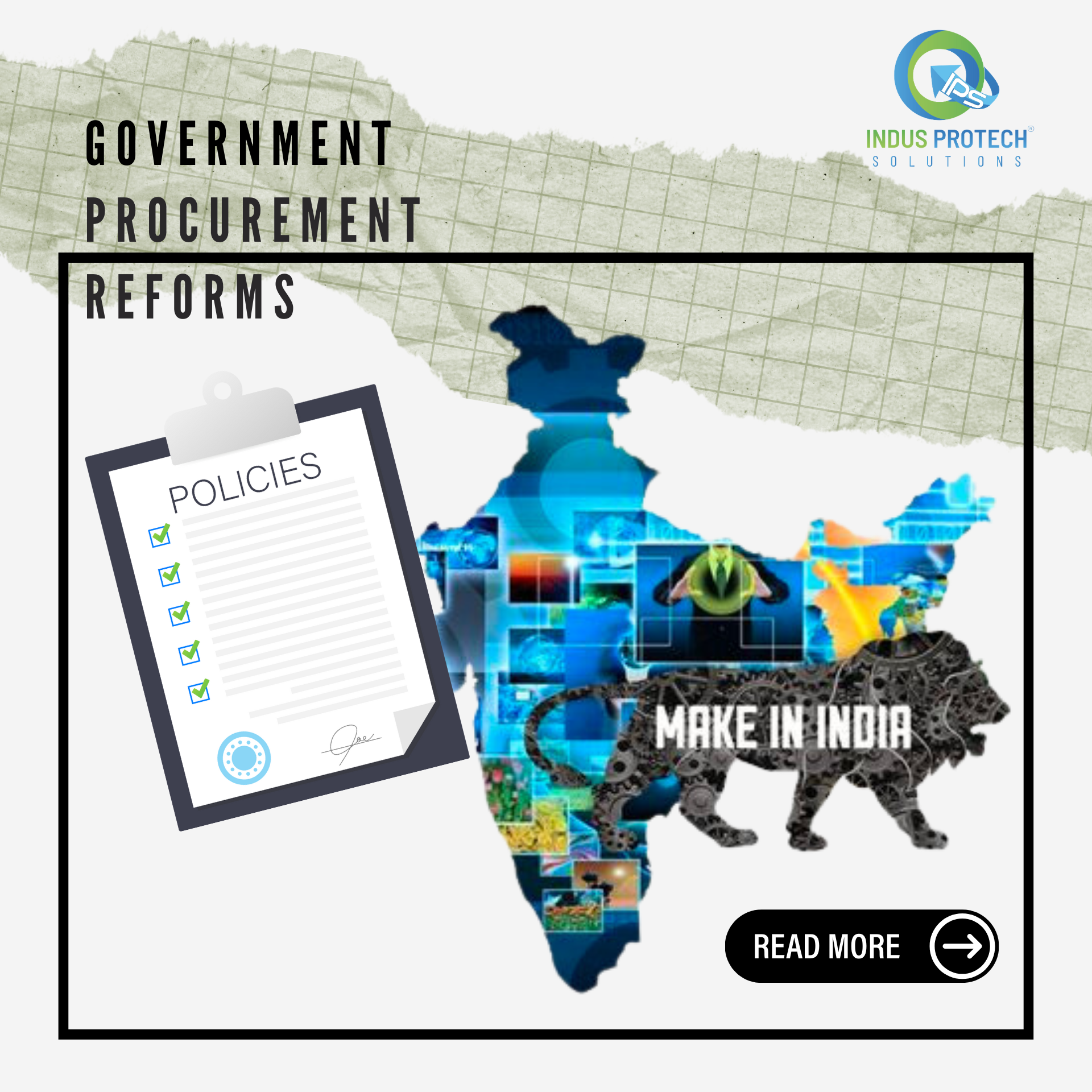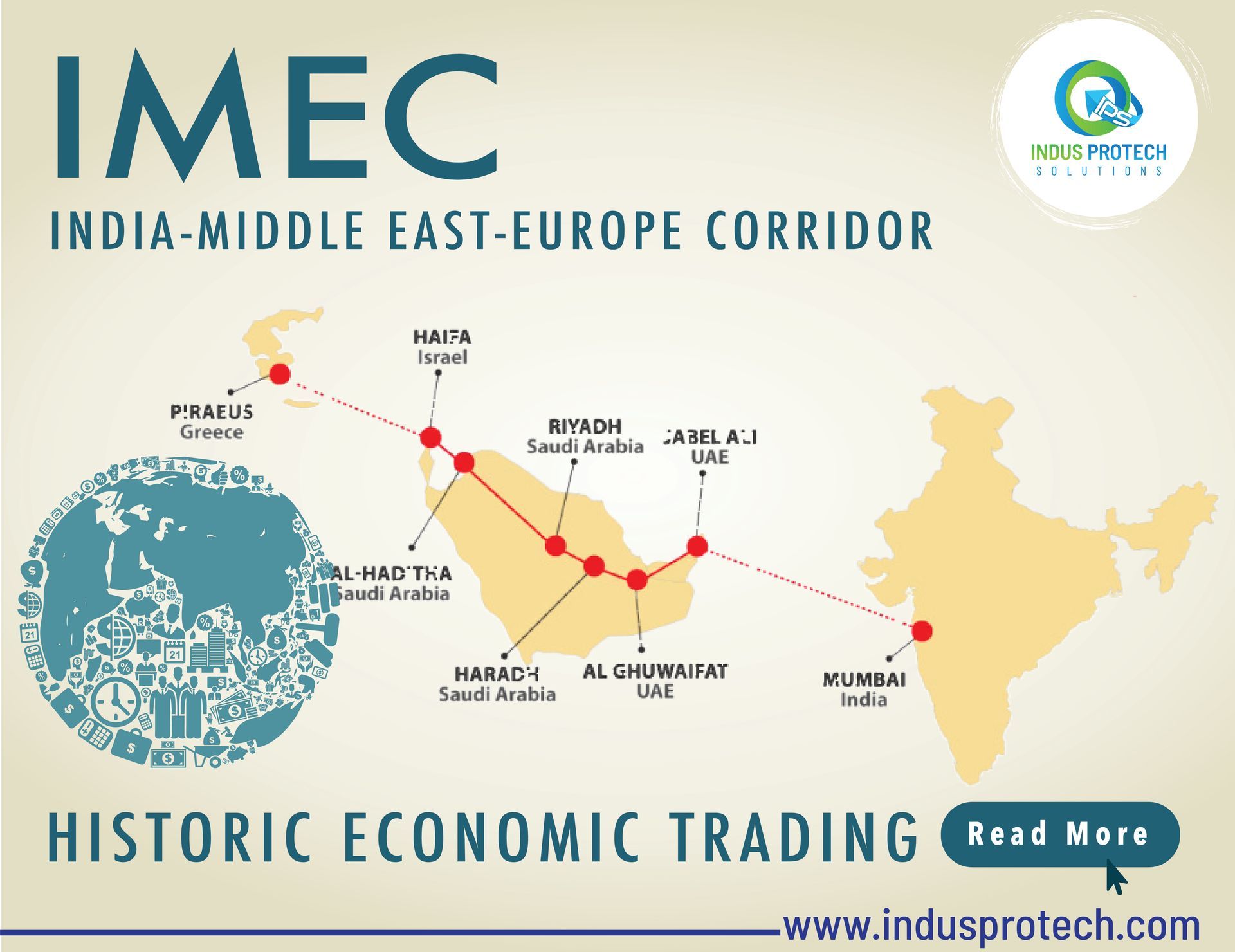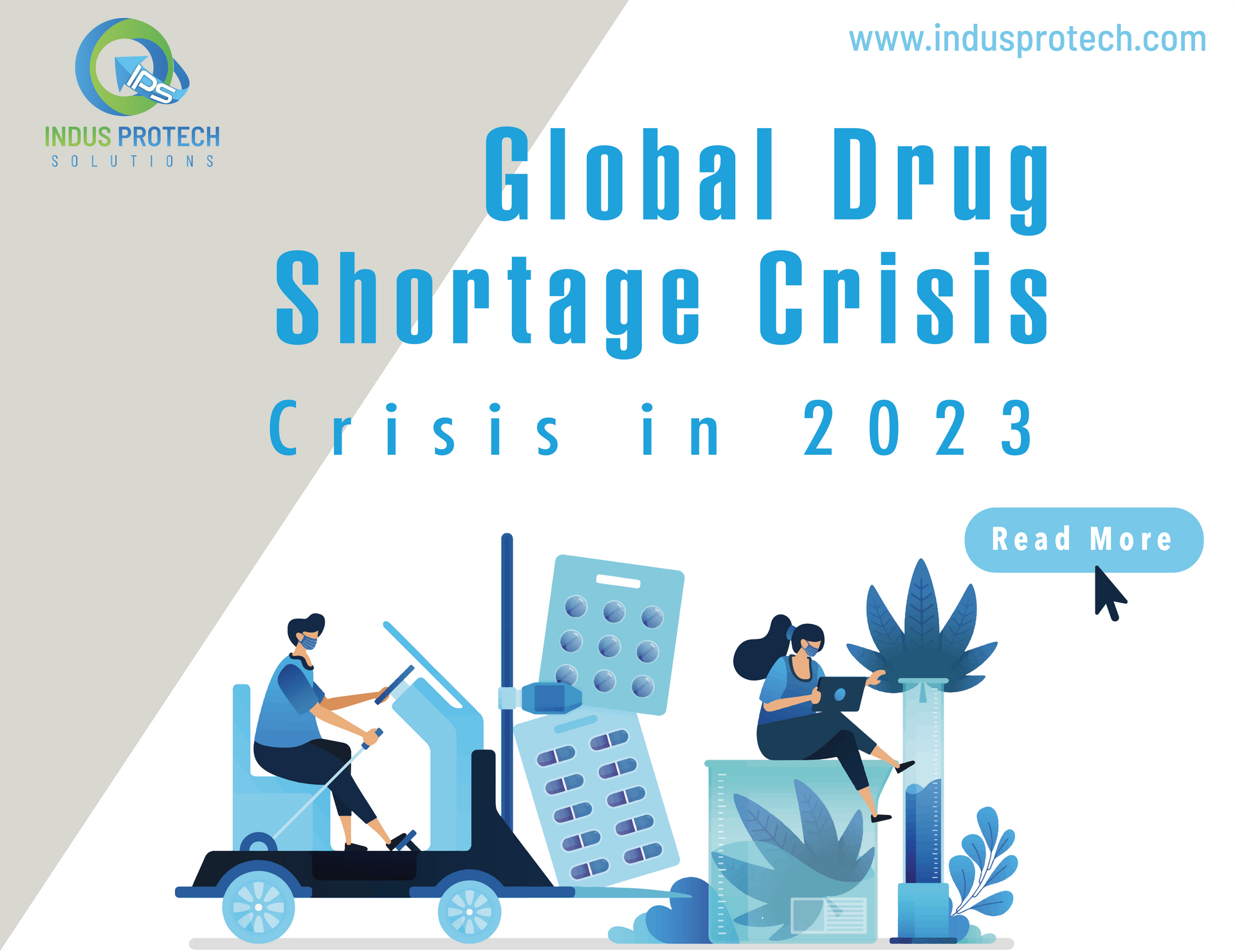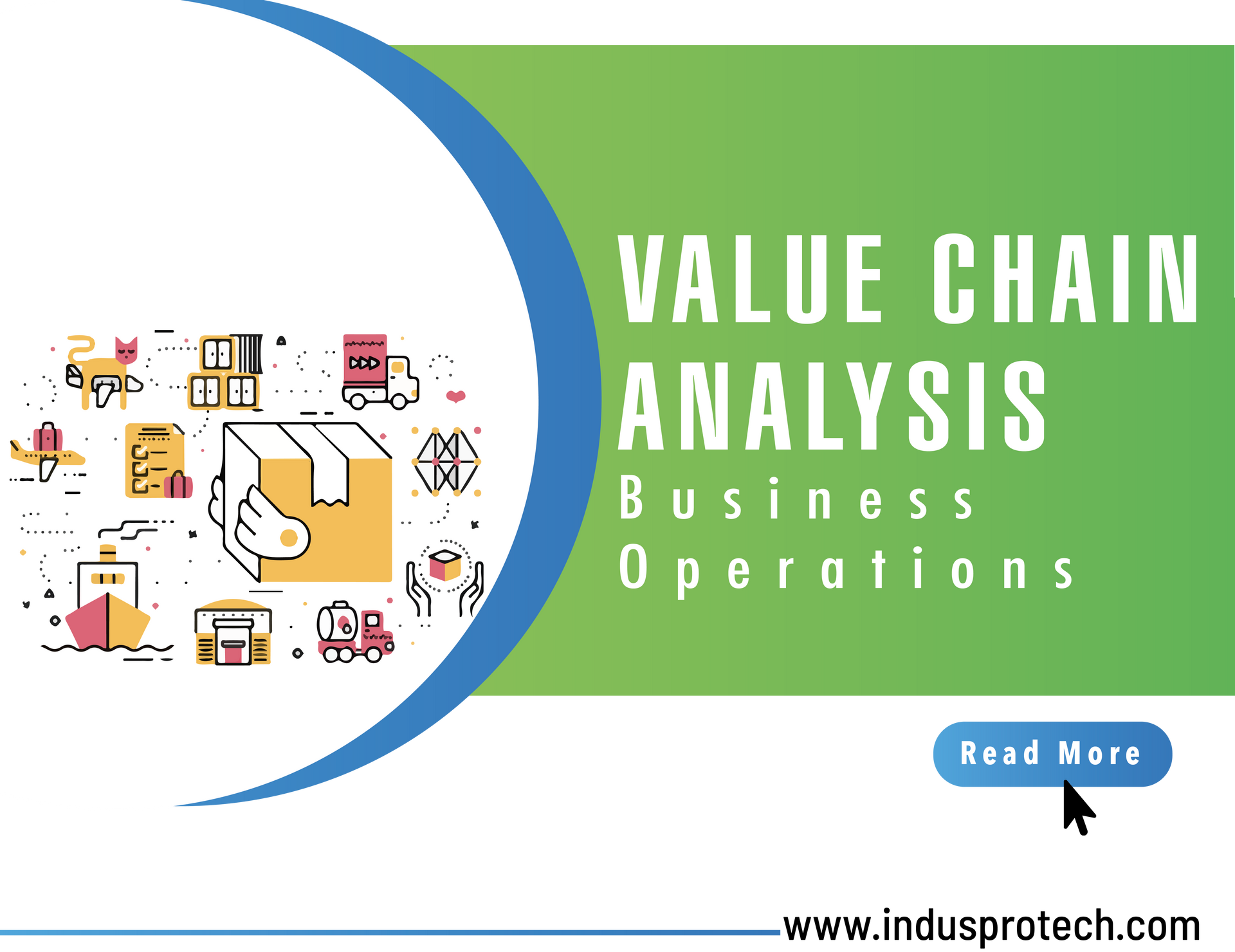The food processing and handling (FP&H) industry offer the tools and services necessary to produce, handle, and deliver food to billions of households worldwide. It also supports a multifaceted value chain that ranges from farming to logistics. The industry has risen in importance as the world's population increased and dietary tastes changed due to rising affluence and a shift to value-added products. These factors have increased the need for tools and methods for handling, preserving, packaging, and cooking food.
For Enqiury Please E-Mail to info@indusprotech.com. Reach us at +91 44-22 511 522
For Enqiury Please E-Mail to info@indusprotech.com Reach us at +91 9360558441
Indian Food Processing Industry- Overview, Growth and Opportunities

Food processing is the conversion of basic materials into food or food into other forms (food processing may denote the direct manufacturing of food or value addition to existing food). Food processing often employs harvested crops or butchered animal products to create food products with a long shelf life.
Food processing techniques are essential for reducing food waste and improving food preservation. These methods minimise agriculture's total environmental impact and increase food security. Food processing involves a variety of procedures, such as fermenting, crystallising, blending, washing, cutting, pasteurisation, etc. Among the benefits of food processing include toxin elimination, preservation, uncomplicated marketing and distribution tasks, and enhanced product uniformity. Furthermore, it increases the amount of food available annually, enables the transportation of delicate perishable food commodities over long distances, and makes a range of foods safe to eat by suppressing microbial deterioration and other hazards.
An Intro to Food Processing Sector
Overview of the Food Processing Industry In India

One of India's hugest industries is the food processing sector, which accounts for more than 32% the country's overall food industry while simultaneously experiencing a 20% CAGR growth. We are the second-largest producer of fruits and vegetables in the world, and we also dominate the globe in the production of milk, marine goods, poultry, and meat. Aside from its abundant natural resources, India can supply a seamless blend of traditional and hygienic food prepared and packed using contemporary technologies. The country also has the sixth-largest food and grocery industry in the world. One of the largest food processing industries in the world, India's output has anticipated reaching $535 billion by 2025–2026. India's food processing industry plays a crucial role in connecting Indian farmers with consumers in both home and foreign markets. Efforts by the Ministry of Food Processing Industries (MoFPI) to promote investments along the value chain.41 Mega Food Parks, 356 Cold Chain Projects, 68 Agro-Processing Clusters, 320 CEFPPC (Creation/Expansion of Food Processing & Preservation Capacities) proposals, 61 Backward and Forward Linkages Projects, and 6 Operation Green Projects have been accepted under PMKSY(Pradhan Mantri Kisan Sampada Yojana). Fruits, vegetables, processing of poultry and meat, fisheries, food retail, the dairy industry, etc., are sub-segments of the food processing business in India.
Investment Opportunities

Fruits and vegetables:( preserved, candied, glazed and crystallised), juices, jams, jellies, purees, soups, powders, dehydrated vegetables, flakes, shreds and ready-to-eat curries.
Food preservation by fermentation: wine, beer, vinegar, yeast preparation, alcoholic beverages. Beverages: fruit-based, cereal-based.
Dairy: liquid milk, curd, flavoured yoghurt, processed cheese, cottage cheese, Swiss cheese, blue cheese, ice cream, milk-based sweets.
Food additives and nutraceuticals.
Confectionery and bakery: cookies and crackers, biscuits, bread, cakes and frozen dough.
Meat and poultry: eggs, egg powder, cut meats, sausages and other value-added products. Fish, seafood and fish processing – processing and freezing units.
Grain processing – oil milling sector, rice, pulse milling and flour milling sectors.
Food preservation & packaging include metal cans and aseptic packs.
Food processing equipment: includes canning, dairy and food processing, speciality processing, packaging, frozen food/refrigeration and thermo-processing.
Consumer food: packaged food, aerated soft drinks and packaged drinking water. Spice pastes.
Supply chain infrastructure – Infrastructure for food processing has investment potential, however, the government is concentrating on supply chain-related infrastructures such as cold storage, abattoirs, and food parks.
The establishment of food parks - this is a unique opportunity for entrepreneurs and foreign investors to enter the Indian food processing sector.
One District One Focus Product (ODOFP) programme covers products of agriculture and allied sectors for 728 districts of the country
Key Growth Drivers
Hubs for Agri- commodities- wide producer of several agri-products. The large consumer base of 1.3 billion people and rising interest in branded foods. Thriving economy - India's economy is the largest and one with the highest growth in the world. Favourable policies - proactive government initiatives and attractive financial incentives
Lifestyle changes and Increasing Demand

The breakfast cereal market has seen steady growth in recent years, which was previously a difficult nut to crack, thanks to changing lifestyles. India's food processing sector has also seen upward growth.
Similarly, the retail market for baked goods and snacks, which was dominated by small and medium-sized businesses, is currently experiencing a significant boom. As a result, imports of ingredients like malt, starches, and flavouring agents are increasing.
To adapt to upcoming shifting demand patterns and changing customer behaviour, food processing industries will witness an increase in status. Since processing is necessary for baked goods, cereals, and snacks, there will be a constant need to scale up to keep up with demand.
Government Support

- The PM-Formalization of Micro Food Processing Enterprises Scheme (PMFME) is here to support the setting up or upgradation of two lakh micro food processing firms.The "Operation Greens" programme under the Pradhan Mantri Kisan SAMPADA Yojana has expanded its coverage from tomatoes, onions, and potatoes (TOP) to all listed fruits and vegetables (TOTAL).
- With a budget of Rs. 10,900 crores, the Production Linked Incentive Scheme (PLIS) for the Food Processing Sector aims to foster the development of world-class food producers and promote Indian food brands abroad.
- The Ministry is implementing the Pradhan Mantri Kisan SAMPADA Yojana (PMKSY), a Central Sector Scheme, for the overall growth of the food processing industry.
- The food processing sector was open to 100 per cent foreign direct investment in 2016 under the automatic route.
- The demand for processed food products will keep rising in the upcoming years due to the growing urban and young population. To keep up with these demands, India's food processing sector must make necessary infrastructural investments. The industry needs a consistent supply of raw materials from suppliers and farmers who adhere to strict quality requirements and have stable costs.
- Small farmers and agricultural entrepreneurs can work together through farmer-producer organisations to increase the chance of creating a more reliable supply chain.
References
https://www.investindia.gov.in/sector/food-processing
https://www.makeinindia.com/sector/food-processing
https://retail.economictimes.indiatimes.com/amp/blog/key-factors-driving-growth-of-indias-food-processing-sector-in-fy-2022-23/94401636
https://www.mckinsey.com/~/media/mckinsey/industries/advanced%20electronics/our%20insights/whats%20ahead%20for%20food%20processing%20and%20handling/mckinsey-on-food-processing-and-handling-ripe-for-disruption.pdf
https://rbidocs.rbi.org.in/rdocs/Bulletin/PDFs/02AR_110320207BF5BBAA459047E49DADA63E3E25BD95.PDF

E-Subscribe to Newsletter content
We will get back to you as soon as possible.
Please try again later.










